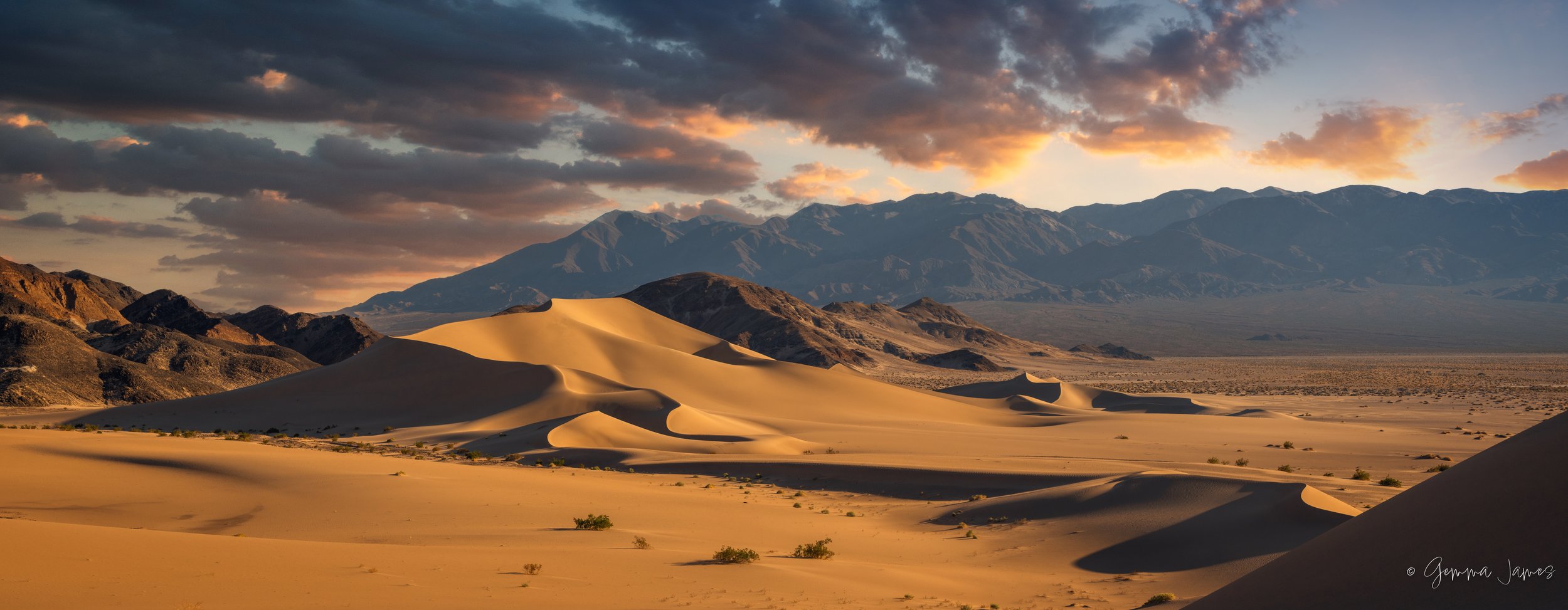Death Valley is one of the most extreme deserts in the world—a vast, arid landscape defined by record‐breaking heat, nearly nonexistent rainfall, and a breathtaking variety of landforms. The desert areas of Death Valley are not a uniform “sea of sand” but rather a mosaic of features including salt flats, sand dunes, rugged rocky outcrops, canyons, and alluvial fans. These elements all tell a story of powerful geological forces, extreme climate, and the resilient life that adapts to such harsh conditions.
Death Valley is one of the most extreme deserts in the world—a vast, arid landscape defined by record‐breaking heat, nearly nonexistent rainfall, and a breathtaking variety of landforms. The desert areas of Death Valley are not a uniform “sea of sand” but rather a mosaic of features including salt flats, sand dunes, rugged rocky outcrops, canyons, and alluvial fans. These elements all tell a story of powerful geological forces, extreme climate, and the resilient life that adapts to such harsh conditions.
Death Valley is one of the most extreme deserts in the world—a vast, arid landscape defined by record‐breaking heat, nearly nonexistent rainfall, and a breathtaking variety of landforms. The desert areas of Death Valley are not a uniform “sea of sand” but rather a mosaic of features including salt flats, sand dunes, rugged rocky outcrops, canyons, and alluvial fans. These elements all tell a story of powerful geological forces, extreme climate, and the resilient life that adapts to such harsh conditions.

